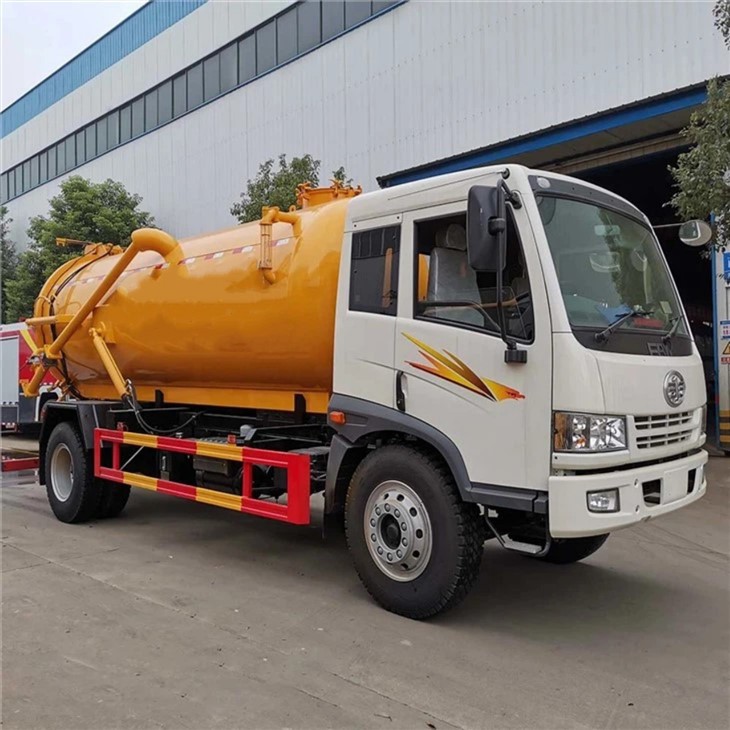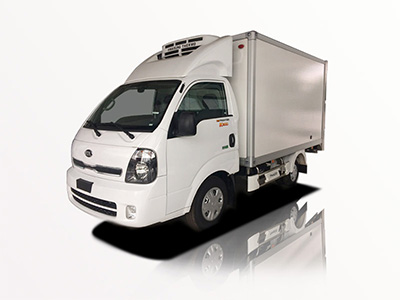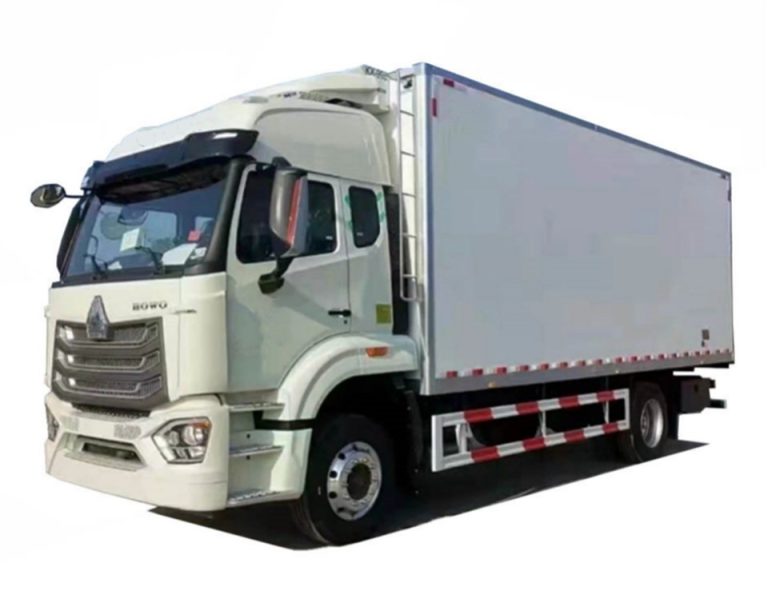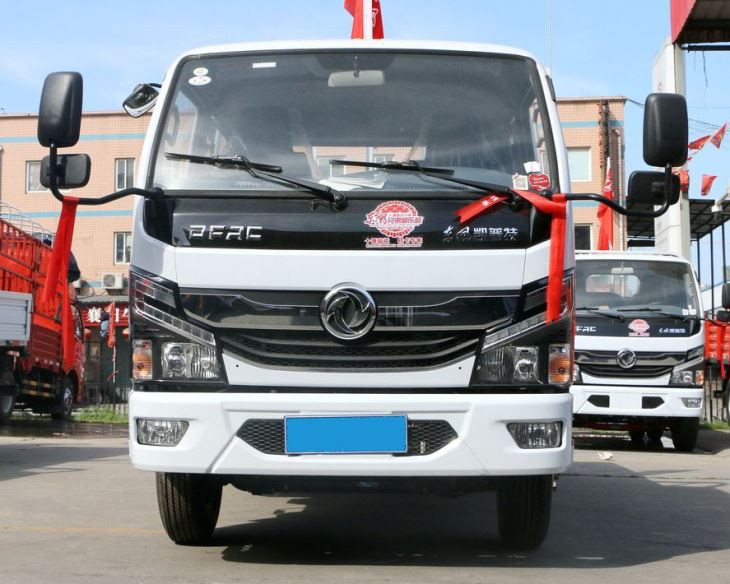When it comes to towing and transporting heavy loads, having the right equipment is vital. One of the essential tools in this regard is the tow boom for trucks. This guide will delve into what a tow boom is, its types, benefits, installation tips, maintenance, and best practices, ensuring you have all the information you need.
What is a Tow Boom?
A tow boom is an attachment that allows trucks to lift and transport heavy objects. Typically mounted on the rear of a truck, it works with the vehicle’s existing towing equipment to help load and unload items that are not easily accessible. Tow booms are widely used in industries such as construction, automotive, and emergency services.
The Importance of Tow Booms in Transportation
The tow boom is crucial in various applications, providing flexibility and efficiency in transporting goods. Here are a few reasons why tow booms are important:
- Increased Load Handling: Capability to lift heavy loads safely.
- Versatility: Can be used with multiple types of trucks.
- Efficiency: Reduces the time taken to load and transport goods.
- Safety: Helps prevent injuries associated with lifting heavy loads manually.
Types of Tow Booms
There are several types of tow booms available, tailored for different applications. Below are the most common types:
1. Hydraulic Tow Booms
Hydraulic tow booms use hydraulic systems to lift and lower loads. They are highly efficient and can handle heavy weights, making them ideal for construction and heavy-duty towing.
2. Electric Tow Booms
Electric tow booms are powered by battery or mains electricity. They offer more precision and can be operated with less physical effort compared to hydraulic models.
3. Manual Tow Booms
Manual tow booms do not require any power source, making them an economical choice. Users must physically handle the lifting mechanism, which may limit their capacity but is often sufficient for lighter loads.
Comparison Table: Types of Tow Booms
| Type | Power Source | Load Capacity | Use Cases |
|---|---|---|---|
| Hydraulic | Hydraulic System | High | Construction, Heavy-Duty Towing |
| Electric | Electricity | Moderate | Automotive repairs, Light Construction |
| Manual | Human Power | Low to Moderate | Light Towing, DIY Projects |
Key Features to Look For
When selecting a tow boom for your truck, consider the following features:
1. Load Capacity
Check the maximum load capacity of the tow boom to ensure it can handle the types of loads you plan to carry.
2. Construction Material
Durability is key; look for tow booms made of high-grade steel or aluminum for long-lasting performance.
3. Adjustability
Some tow booms are adjustable, allowing for different lifting heights. Adjustable models are often more versatile.
4. Safety Features
Safety features like locking mechanisms and overload sensors are crucial to avoid accidents while operating the tow boom.
Installation and Setup
Step-by-Step Installation
Installing a tow boom may vary by model, but here are general steps you can follow:
- Gather Tools and Materials: Ensure you have all necessary tools and the proper tow boom kit.
- Prepare the Truck: Make sure the truck is on level ground and turn off the ignition.
- Attach the Tow Boom: Align the boom with the truck’s mounting points and secure it with bolts.
- Connect Hydraulic or Electric Lines: If applicable, connect the hydraulic or electric systems according to the manufacturer’s instructions.
- Test the Installation: Conduct a test lift to ensure everything is functioning properly.
Maintenance Tips for Tow Booms
Proper maintenance prolongs the life of your tow boom and ensures it operates safely and efficiently. Here are some essential maintenance tips:
1. Regular Inspections
Inspect the tow boom regularly for any signs of wear, rust, or damage. Address any issues immediately to prevent accidents.
2. Lubrication
Regularly lubricate moving parts to ensure smooth operation. This prevents wear and tear and reduces the risk of malfunction.
3. Check Hydraulic Fluid
If using a hydraulic boom, check the fluid levels frequently to ensure optimal performance.
4. Cleanliness
Keep the tow boom clean, free from dirt and debris, to prevent corrosion and operational issues.
Practical Examples of Tow Boom Usage
Tow booms can be utilized in various scenarios. Here are a few practical examples:
1. Towing Heavy Machinery
A tow boom can help lift and transport construction equipment like excavators and bulldozers to job sites.
2. Rescue Operations
In emergency situations, tow booms are essential for lifting vehicles or debris to access individuals in need of assistance.
3. Vehicle Recovery
Tow booms facilitate the retrieval of broken-down vehicles, ensuring safe transport to repair shops or impound lots.
Case Study
For instance, a local construction company faced challenges transporting large concrete blocks. By investing in a hydraulic tow boom, they increased their load capacity and efficiency, allowing them to complete projects ahead of schedule.
Choosing the Right Tow Boom for Your Truck
Selecting the right tow boom involves assessing your needs, the types of loads you’ll be moving, and your truck’s specifications. Here are some tips:
1. Assess Load Requirements
Determine the heaviest loads you plan to transport and choose a tow boom that exceeds this weight for safety.
2. Vehicle Compatibility
Ensure the tow boom fits your truck model. Consult with manufacturers or suppliers for compatibility information.
3. Budget Considerations
While it’s essential to find a cost-effective solution, avoid compromising on quality for lower prices. Look for warranties and after-sales support.
Safety Guidelines for Operating Tow Booms
Operating a tow boom comes with certain risks. Follow these safety guidelines to protect yourself and others:
1. Read the Manual
Always familiarize yourself with the manufacturer’s manual and safety instructions before operating the tow boom.
2. Use Safety Gear
Wear appropriate personal protective equipment (PPE), including gloves and hard hats, when operating the tow boom.
3. Perform a Safety Check
Conduct a pre-operation safety check to ensure the tow boom, vehicle, and surrounding area are safe for operation.
4. Avoid Overloading
Never exceed the listed load capacity of the tow boom to prevent accidents and potential injuries.
Frequently Asked Questions (FAQ)
1. How much weight can a typical tow boom handle?
The weight capacity of tow booms varies widely from 1,000 lbs to upwards of 10,000 lbs, depending on the type and model.
2. Do I need a special license to operate a tow boom?
Typically, you do not need a special license, but it’s advisable to check local regulations and guidelines.
3. Can I install a tow boom on any truck?
Not all trucks are compatible; it’s crucial to check the manufacturer’s specifications before installation.
4. How often should I perform maintenance on my tow boom?
Regular inspections should be done monthly, with more detailed maintenance conducted annually or based on use.
5. What’s the difference between hydraulic and electric tow booms?
Hydraulic tow booms use hydraulic fluid for operation, offering high lifting capacities, while electric tow booms rely on electrical power for precision lifting.
6. Can I use a tow boom for a DIY project?
Yes, tow booms can be used for various DIY projects, but ensure you follow safety guidelines and choose an appropriate boom for your load requirements.



